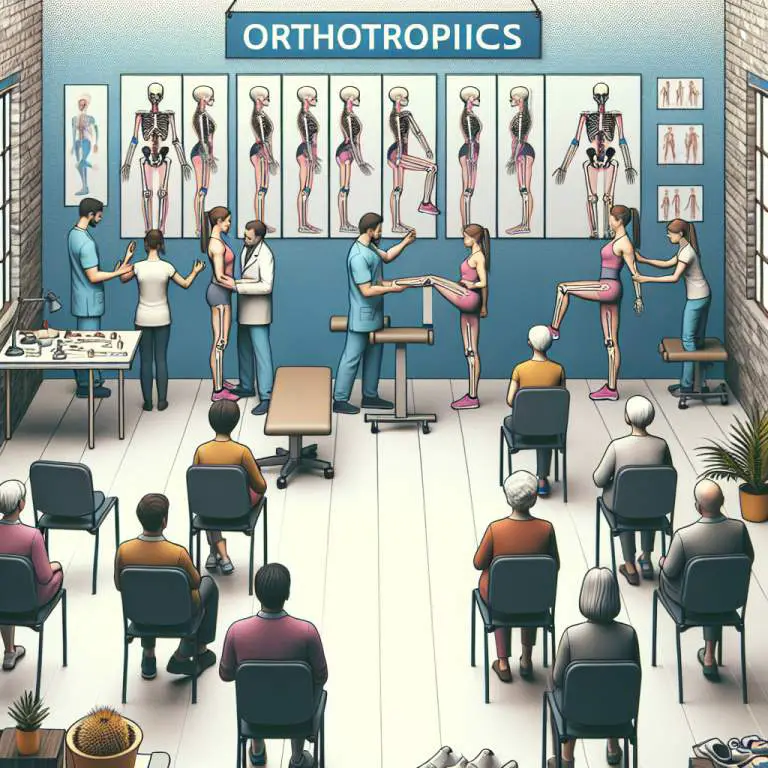What are the signs of ineffective mewing practice?
Signs of ineffective mewing include discomfort in the jaw or face, difficulty breathing while practicing, and a lack of noticeable changes over several months. If your tongue feels sore or you’re unable to maintain the position comfortably throughout the day, it might indicate that your technique needs adjustment. Paying attention to these signs can help ensure you’re practicing mewing correctly for the best results.

How Can You Tell If You’re Mewing Correctly?
Mewing is a technique that involves placing your tongue against the roof of your mouth. This position should feel natural and not forced. When you’re doing it right, your entire tongue (including the back part) should be touching the roof of your mouth. Your lips should be together, but your teeth slightly apart.
Another sign that you’re mewing correctly is that you can breathe comfortably through your nose. If you find it hard to breathe or if you feel like you’re straining your jaw, something might not be right. Remember, mewing should feel comfortable once you get used to it.
What Common Mistakes Do People Make When Trying to Mew?
A lot of people think they are mewing when they’re actually not. One common mistake is only using the front part of the tongue and not engaging the whole tongue. This doesn’t give the full benefits of mewing. Another mistake is pressing too hard against the roof of the mouth which can cause discomfort.
Some folks also forget to keep their lips together and teeth slightly apart while trying to mew. Keeping your mouth open or teeth clenched can mess up the technique. It’s important to relax and make sure every part of the process feels natural.
Why Is Proper Tongue Posture Important for Effective Mewing?
Proper tongue posture is key to effective mewing because it helps shape the facial structure over time. By keeping your tongue in the correct position, you support natural growth patterns in your face and jawline. This can lead to a more defined look.
Besides looking better, proper tongue posture also improves breathing and swallowing functions. It opens up airways making breathing easier and helps in reducing snoring at night. So, getting this right isn’t just about looks; it’s about health too.
How Does Incorrect Mewing Affect Facial Structure?
If you don’t mew correctly, it might not help your facial structure at all. In some cases, incorrect mewing can even cause problems. For example, if you push too hard with your tongue or use only part of it, this could lead to uneven muscle use around your face and jaw.
This uneven muscle activity might result in an imbalance in facial symmetry over time. Also, incorrect mewing techniques could strain parts of your face and neck leading to discomfort or pain. That’s why learning how to do it properly from the start is so important.
| Indicator | Description | Suggested Adjustment |
|---|---|---|
| Discomfort or Pain in the Jaw | You might be applying too much force or tension. | Relax your jaw and apply gentle pressure. |
| Mouth Breathing | If you find yourself breathing through your mouth, your tongue position may be incorrect. | Ensure the entire tongue (including the back) is pressed against the roof of the mouth. |
| Tension in the Neck or Headaches | This could indicate incorrect posture or excessive strain while mewing. | Focus on maintaining a natural posture and relax any unnecessary tension. |
| Difficulty Swallowing | An improper tongue position can lead to swallowing difficulties. | Practice proper swallowing techniques by ensuring your tongue stays on the roof of your mouth as you swallow. |
| Lack of Progress in Facial Structure Changes | If there are no visible changes over an extended period, technique may need adjustment. | Consult with an orthodontist or a professional experienced with mewing for personalized advice. |
What Adjustments Should Be Made If Mewing Feels Uncomfortable or Painful?
If mewing feels uncomfortable or painful, it’s a sign that something isn’t right. First, check your tongue’s position. It should be flat against the roof of your mouth, not pressing too hard. Make sure your whole tongue is involved, not just the tip.
Relaxation is key. Your jaw and face muscles should not be tense. If they are, take a moment to relax them. Practice breathing through your nose while keeping the correct tongue posture. This can help reduce discomfort over time.
Can Improper Mewing Techniques Be Corrected, and How?
Yes, improper mewing techniques can be corrected with patience and practice. Start by re-evaluating your technique, ensuring your tongue is correctly positioned on the roof of your mouth. Watching instructional videos or consulting with an expert can provide guidance.
Incorporate daily reminders to check in on your posture until the correct method becomes a habit. It might also help to keep a journal of your progress and any challenges you face along the way. Over time, consistent effort will lead to improvement.
What Are the Long-Term Effects of Consistent, Correct Mewing vs. Ineffective Mewing?
Consistent, correct mewing can lead to positive changes in facial structure over time. This includes better jawline definition and improved alignment of teeth and jaws. These changes happen slowly and require patience and persistence.
In contrast, ineffective mewing might not produce any noticeable changes at all. Worse still, incorrect techniques could strain muscles or alter facial structure negatively if practiced over a long period without correction.
Final Thoughts
Mewing is a technique that requires precision but offers potential benefits for those who practice it correctly over time. Remembering that discomfort indicates a need for adjustment can help refine one’s approach for better results.
Persistence and proper technique are crucial for seeing positive outcomes from mewing. Whether correcting improper methods or aiming for long-term facial structure improvements, dedication to practicing correctly plays a significant role in achieving desired results.







